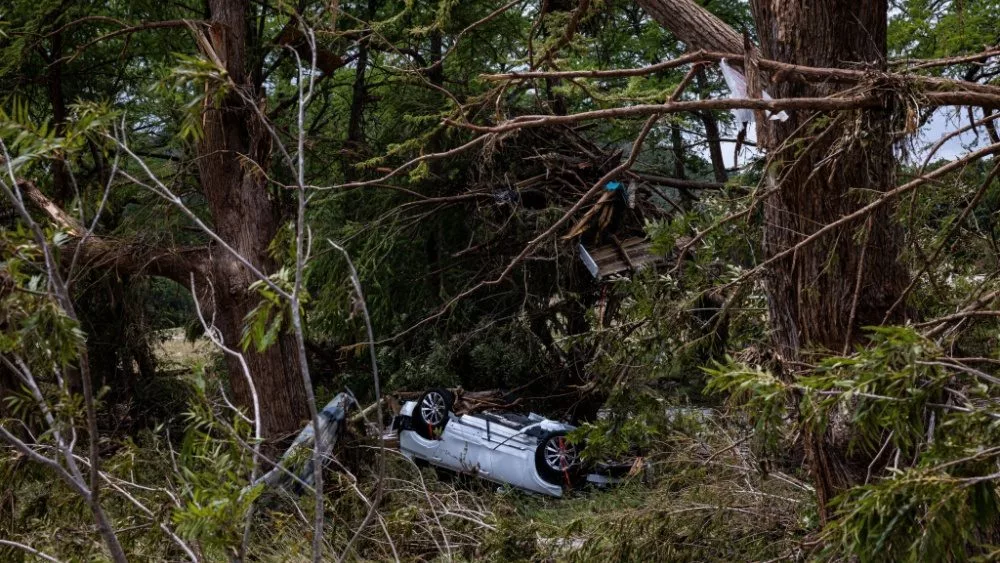Even though we are reaching the end of January, we could still expect some snowfall. Here are some tips to keep you safe.
Sledding sends thousands of kids to the ER every year
A study by Nationwide Children’s Hospital found sledding leads to an average of more than 20,000 cases each year.
INJURY STATS:
-
Injuries often occur when the sled hits a stationary object or when the child falls off the sled.
-
Bruises, cuts and broken bones are the most common injuries.
-
Head and neck injuries are common among children 6 years old and younger.
-
The most common injuries are fractures (26 percent), followed by cuts and bruises (25 percent).
-
The study also revealed that the majority of injuries occurred during a collision (51 percent).
-
Overall, the head was the most commonly injured body part (34 percent).
SLEDDING SAFETY TIPS:
-
Teach children to have an adult with them when they go sledding.
-
Avoid sledding near trees, fences and light poles or on rocky hills.
-
Always go down the hill feet first.
-
Learn how to stop and turn the sled by using your feet.
-
Have only the recommended number of passengers on a sled at one time.
-
Do not sled in the street or on a highway.
-
Never ride a sled being pulled by a car, ATV, snowmobile or other motorized vehicle.
-
Avoid sledding on driveways, hills, or slopes that end in a street, drop off, parking lot, river or pond.
-
Because they are hard to steer, the best place to use a tube is in a tubing park – often found at ski resorts.
Snow shoveling can increase risk of a heart attack
Andrew Freeman, MD, cardiologist with National Jewish Health offers the below tips.
-
Don’t shovel first thing in the morning. Most heart attacks occur first thing in the morning when your blood is most likely to clot. Give yourself time to get up and moving before going out and grabbing the shovel. You’ll also give the sun a chance to warm things up some.
-
Warm up before shoveling. Shoveling snow is exercise. It’s hard work. Take a few minutes before to stretch, move about and get the ‘blood flowing’ before undertaking any strenuous activity, including shoveling snow.
-
Use a smaller shovel. A shovel full of wet snow is especially heavy when the shovel is big. It may take a little longer, but many small loads will be better than fewer heavy ones.
-
Dress appropriately. Cover your hands, head and mouth. Covering your mouth with a scarf will help you inhale warmer air and can help avoid respiratory problems.
-
Shovel in shifts. If you need a rest, take a rest. Taking 15 minute breaks can help lessen the load on your heart.
-
Watch for warning signs. Tightness in the chest, lightheadedness and dizziness are all signs of a heart attack. If you suspect you’re having a heart attack, call 911.













